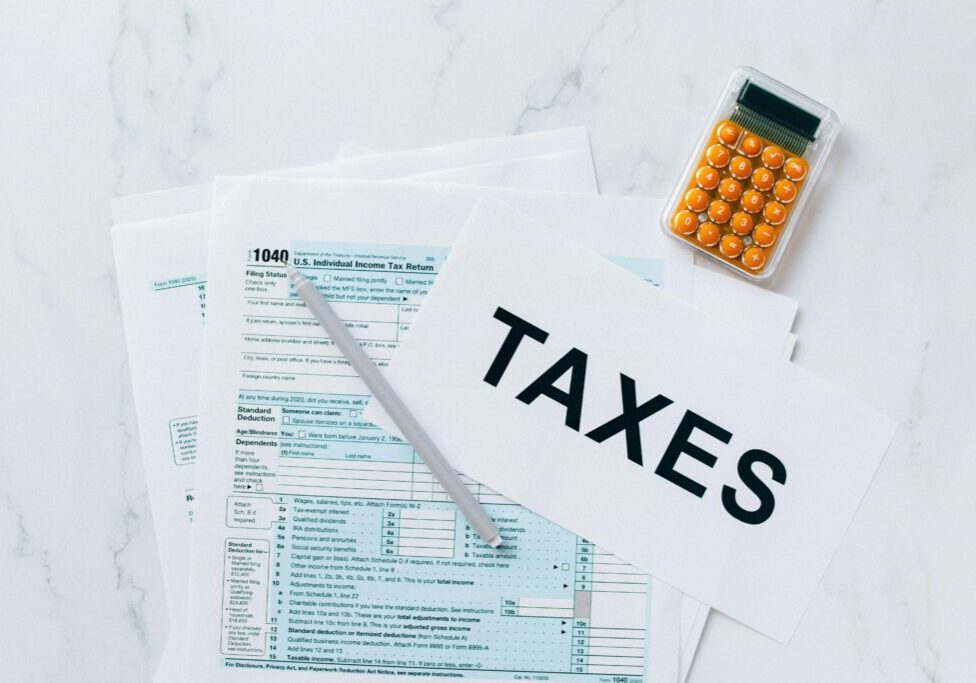How to Secure a Business Loan Without the Stress

If you’re building up a small business but haven’t yet needed to borrow funds to expand or smooth out cash flow irregularities, you’re doing something right. Or if you have borrowed and everything went smoothly, kudos again. Otherwise, keep in mind that anticipating the need for credit well in advance will put you in a much stronger position not only to secure a loan, but also to negotiate competitive terms.
The key to achieving that outcome is to conduct a proper cash flow forecast — and maintain it. Looking out 12 months is generally sufficient, unless you’re planning major strategic initiatives. Doing so allows you to account for seasonal variations in cash flow. Plus, it’s important to be as accurate as possible, and that’s tough when you’re forecasting much beyond a year.
Constructing a Forecast
If the process of creating a 12-month forecast sounds daunting, relax. The process can be as simple as creating a spreadsheet with 12 columns, labeled by month. Each month’s column starts with a beginning cash balance, followed by a set of entries for your sources of cash that month (including receivables, cash sales and loan proceeds) ending with a “total cash” figure.
Next, you’ll enter all the categories of “uses of cash” — such as payroll, vendor payments, rent, loan payments, and payroll taxes — followed by “total uses of cash.” Then, of course, add a cell that subtracts total cash from total uses of cash, and label it “end of month cash.” It’s that simple.
Let’s say your first month of the forecast is July. The “end of month cash” total for July becomes the “beginning cash” for August.
Where do the numbers come from? Look at your history, consider factors that you know or expect will change the numbers going forward, and adjust accordingly as you plug them in. For example, if you know your sales usually slump in October by about 5%, adjust your sales revenue to account for this. If you pay your full year of business insurance in March, pencil that in.
After you have completed a full year’s forecast, your spreadsheet will reveal where you think you’ll wind up at the end of each month and the end of the year. As each month passes, update the previous month’s forecasted numbers with the actuals to maintain maximum accuracy. And keep adding a new month after you’ve ended your current month, to give you a rolling 12-month forecast.
Reality Check
As you maintain the process, assess the accuracy of your original monthly forecasts. If you’re consistently too optimistic or conservative, determine whether the actual numbers were aberrations or if they’re the “new normal” that you should keep in mind going forward — and revise your forecasts accordingly.
Now you’re ready for the payoff for all the number-crunching: determining whether you need to borrow. You might find that, based on your forecast results, you don’t need to borrow at all and can proceed using the projected operating cash or even build a cash reserve.
Your forecast could also tell you that, while you’re not likely to run short on cash, you might be able to take out a loan that allows you to make a timely investment. Or the projection could tell you that you’ll do fine through year-end but will likely experience a two-month period when you’ll need a temporary cash injection to tide you over.
If you do expect to borrow, the sooner you know it, the better. Generally, the longer the period before you’ll need the loan proceeds, the stronger your standing with prospective lenders. When you approach them several months in advance of when you need the funds, you should be in a better bargaining position to get favorable terms. That’s because, with time on your side, you won’t be tempted to take the first loan offer you get. Lenders will know you have the freedom to shop around.
Points of Distinction
Here’s a rundown on the basic features of business loans that you’ll need to consider:
- Interest rate: What’s the proposed interest rate? If it’s a floating rate, what’s it pegged to?
- Secured or non-secured: Do you have to pledge collateral (personal or business) that you’ll lose if you default, or is the loan unsecured and based on your credit history?
- Amortization: Are you paying down on the borrowed amount plus interest, or would you only pay interest and repay the principal at the end of the loan term?
- Equipment lease vs. loan: If you’re seeking dollars to acquire capital equipment, sometimes leasing is better than buying — particularly when the lessor can make better use of the tax benefits (depreciation deductions) than you.
- Loan or cash advance: With a cash advance, you’re actually selling your receivables at a discount instead of borrowing.
- Kind of lender: Will you receive the loan from a lender you’re working with, or are you dealing with a loan broker? Either way, you’ll want to ensure that you’ll be able to maintain a positive working relationship with the people servicing your loan.
This article is just a starting point for considering your possible need to secure a business loan. Ask your CPA for help with a cash flow projection and to get specific advice about whether you need a loan and how to best handle the application process.











